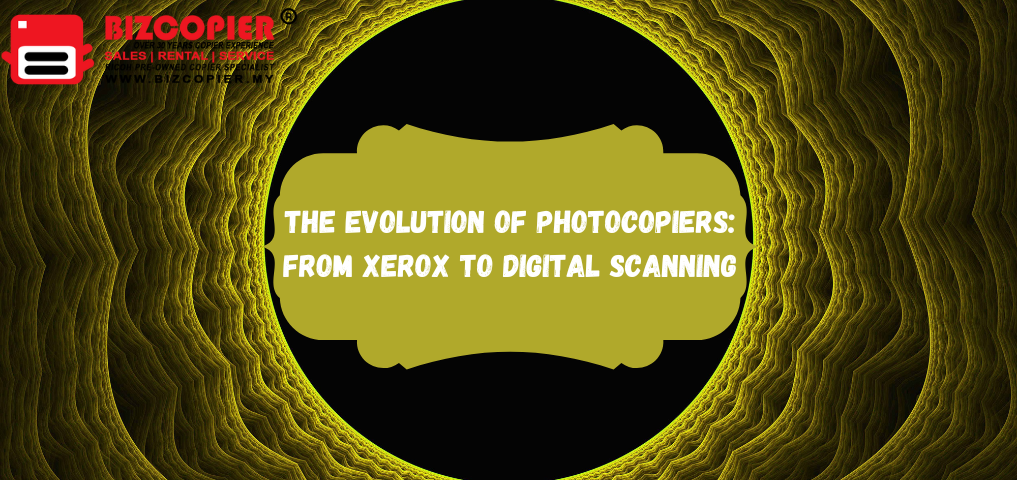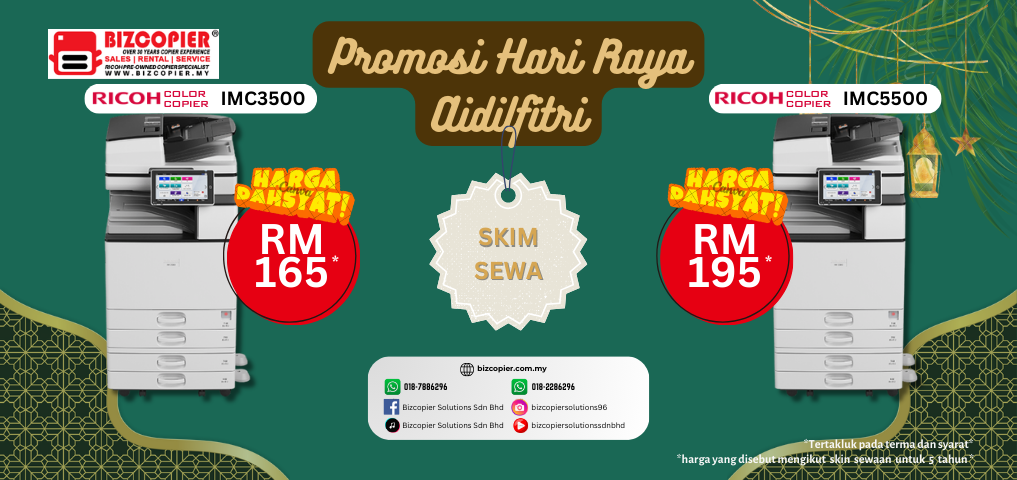
Photocopiers, ubiquitous in offices around the world, have a rich history of innovation and technological advancement. From their humble beginnings as analog machines to today’s sophisticated digital scanners, photocopiers have revolutionized the way we duplicate documents and images. Let’s take a journey through the evolution of photocopiers and explore how they have shaped modern office environments.
The Birth of Xerography
The story of the photocopier begins with Chester Carlson, an American physicist and inventor who developed the process of xerography in the late 1930s and early 1940s. Frustrated with the tedious process of duplicating documents by hand, Carlson envisioned a machine that could replicate documents quickly and efficiently.
After years of experimentation, Carlson patented the first photocopier, known as the Xerox machine, in 1942. The early Xerox machines used a combination of electrostatic charges and light to transfer images from an original document onto a photosensitive drum, which was then transferred to paper and fused with heat. This groundbreaking technology laid the foundation for the modern photocopier industry.
Advancements in Analog Photocopiers
Throughout the latter half of the 20th century, photocopier technology continued to evolve rapidly. Analog photocopiers became smaller, faster, and more reliable, making them essential tools in offices, schools, and businesses worldwide. Manufacturers such as Xerox, Canon, and Ricoh competed fiercely to develop new features and improve performance.
Analog photocopiers relied on a process known as “analog photography” to reproduce images. A bright light illuminated the original document, which was then projected onto a charged drum coated with selenium or another photosensitive material. Areas exposed to light became conductive, while shaded areas retained their charge. The toner, a fine powder with an opposite charge, adhered to the charged areas of the drum, creating a replica of the original image. Finally, the toner was transferred to paper and fused with heat to produce the final copy.
The Digital Revolution
The advent of digital technology in the late 20th century marked a significant turning point in the history of photocopiers. Digital photocopiers replaced analog components with digital sensors, processors, and imaging technology, offering greater speed, precision, and versatility.
Digital photocopiers use an array of sensors and scanners to capture a digital image of the original document. This digital image is then processed and stored in memory before being reproduced on paper. Digital photocopiers can manipulate images, adjust contrast and brightness, and even perform optical character recognition (OCR) to convert printed text into editable digital text.
In addition to traditional photocopying, digital photocopiers can also scan documents directly to email, network folders, or cloud storage services, streamlining document management and workflow processes. These multifunction devices combine photocopying, printing, scanning, and faxing capabilities into a single compact unit, further enhancing their utility in modern offices.
Future Trends and Innovations
Looking ahead, the future of photocopiers is likely to be shaped by advancements in digital imaging, artificial intelligence, and connectivity. Manufacturers are exploring technologies such as 3D printing, augmented reality, and machine learning to create next-generation photocopiers that are smarter, faster, and more intuitive than ever before.
Furthermore, environmental sustainability is becoming an increasingly important consideration in photocopier design and manufacturing. Manufacturers are developing energy-efficient devices, using recycled materials, and implementing eco-friendly practices to reduce the environmental footprint of photocopiers.
In conclusion, photocopiers have come a long way since Chester Carlson’s pioneering experiments in xerography. From the first Xerox machine to today’s digital multifunction devices, photocopiers have revolutionized document duplication and workflow management in offices around the world. As technology continues to evolve, photocopiers will undoubtedly remain essential tools for businesses, educators, and individuals alike.
Contact BIZCOPIER Now
Get Free Quotation & Special Discounts now!


















